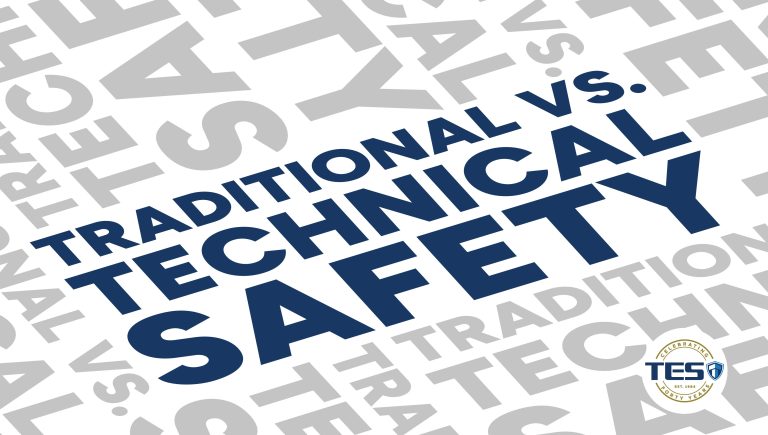
Technical Safety, Improving or Replacing Traditional Safety?
February 13th 2025
What is Technical Safety (aka Plant Safety)?
In industries such as manufacturing, refining, and other plant-based environments, worker safety is key. Ensuring protection in hazardous environments—such as confined spaces, exposure to harmful gases, and potential equipment malfunctions—requires more than just routine inspections and checklists. Traditional safety protocols are crucial, but they often rely on human oversight, which can leave room for errors. Enter technical safety, also known as plant safety, which leverages advanced technologies to create a more proactive and comprehensive safety management system.
Unlike traditional safety services, which primarily focus on compliance and reactive measures, technical safety integrates cutting-edge tools like real-time monitoring, AI-powered systems, and predictive analytics. These technologies work together to anticipate risks, reduce human error, and ensure a much higher standard of protection in hazardous environments.
The Difference Between Traditional Safety and Technical Safety
Traditional safety services are built around manual inspections and routine safety checks. These systems typically operate on a fixed schedule and rely heavily on human intervention to identify and address hazards. While effective in many cases, this reactive approach can lead to gaps in safety coverage, particularly when inspections occur at fixed intervals. For example, undetected hazards may go unnoticed between inspections, leading to potential accidents.
On the other hand, technical safety takes a more proactive approach. AI-powered monitoring systems continuously track real-time data, allowing them to identify potential risks before they escalate into incidents. Predictive analytics ensure that hazards can be detected and addressed swiftly, reducing the chances of accidents. Automated hazard detection, such as remote gas monitoring minimizes the reliance on human oversight, addressing the inefficiencies and inconsistencies inherent in manual processes. This allows for quicker and more accurate responses, ultimately enhancing overall safety standards.
While traditional safety practices focus on compliance, technical safety focuses on prevention—anticipating issues before they happen. With these advanced tools, technical safety is not just an improvement but an evolution of traditional safety practices, offering a more reliable and comprehensive approach to plant safety.
Worker Morale and the Shift to AI-Powered Safety Systems
One of the most important but often overlooked benefits of modern safety technology is its positive impact on worker morale. Workers in hazardous environments are likely to feel more secure knowing that AI-powered systems are monitoring and managing their safety, reducing the risks they face on a daily basis. However, the concept of being constantly monitored by cameras or sensors can raise concerns about privacy or the feeling of being “watched.” This is a natural human response, and it’s essential for organizations to address these concerns upfront.
To ensure workers feel comfortable with the implementation of safety technologies, clear communication and transparency are key. It’s important to explain that the primary goal of AI-powered monitoring systems, such as cameras or sensors, is to safeguard their health and well-being, not to track their every move. This distinction can help alleviate concerns and shift the focus to the benefits of these systems, such as preventing accidents and providing real-time alerts in case of an emergency.
Involving employees in the decision-making process from the start is another effective strategy. When workers understand how the systems work, how data is used for safety purposes only, and how these technologies support—not replace—their own judgment, they are more likely to embrace the changes. Offering training, addressing concerns, and fostering a sense of ownership over the safety measures in place can go a long way in building trust and reducing uneasiness about being monitored.
Improving, Not Replacing, Traditional Safety
While technical safety does not entirely replace traditional safety methods, it significantly improves them. Traditional safety services, which often rely on manual inspections and compliance-based measures, are reactive and subject to human error. In contrast, technical safety brings real-time monitoring, predictive analytics, and automation into play, offering a more proactive and data-driven approach to safety management. By integrating advanced technologies into traditional safety protocols, technical safety addresses gaps in human oversight, enhances the accuracy of hazard detection, and ensures that workers are continuously protected, even in the most hazardous environments.
Rather than replacing traditional safety, technical safety complements and enhances these practices. It bridges the gap between human capabilities and the demands of a high-risk environment by reducing human error, increasing efficiency, and fostering a culture of proactive safety. With the continued evolution of AI and automation, technical safety represents the future of plant safety, offering a safer, more efficient, and more reliable approach to protecting workers and ensuring operational success.

